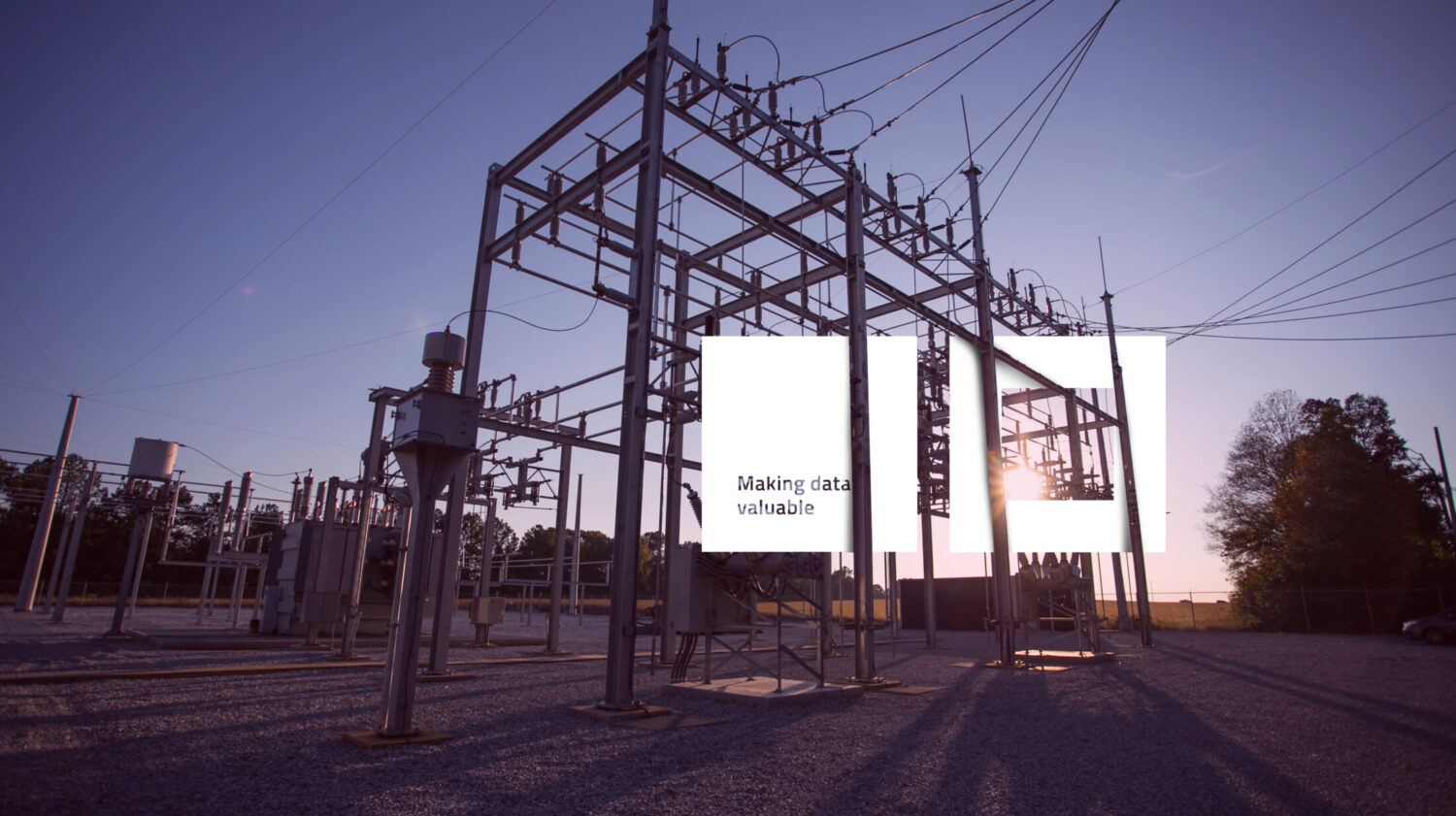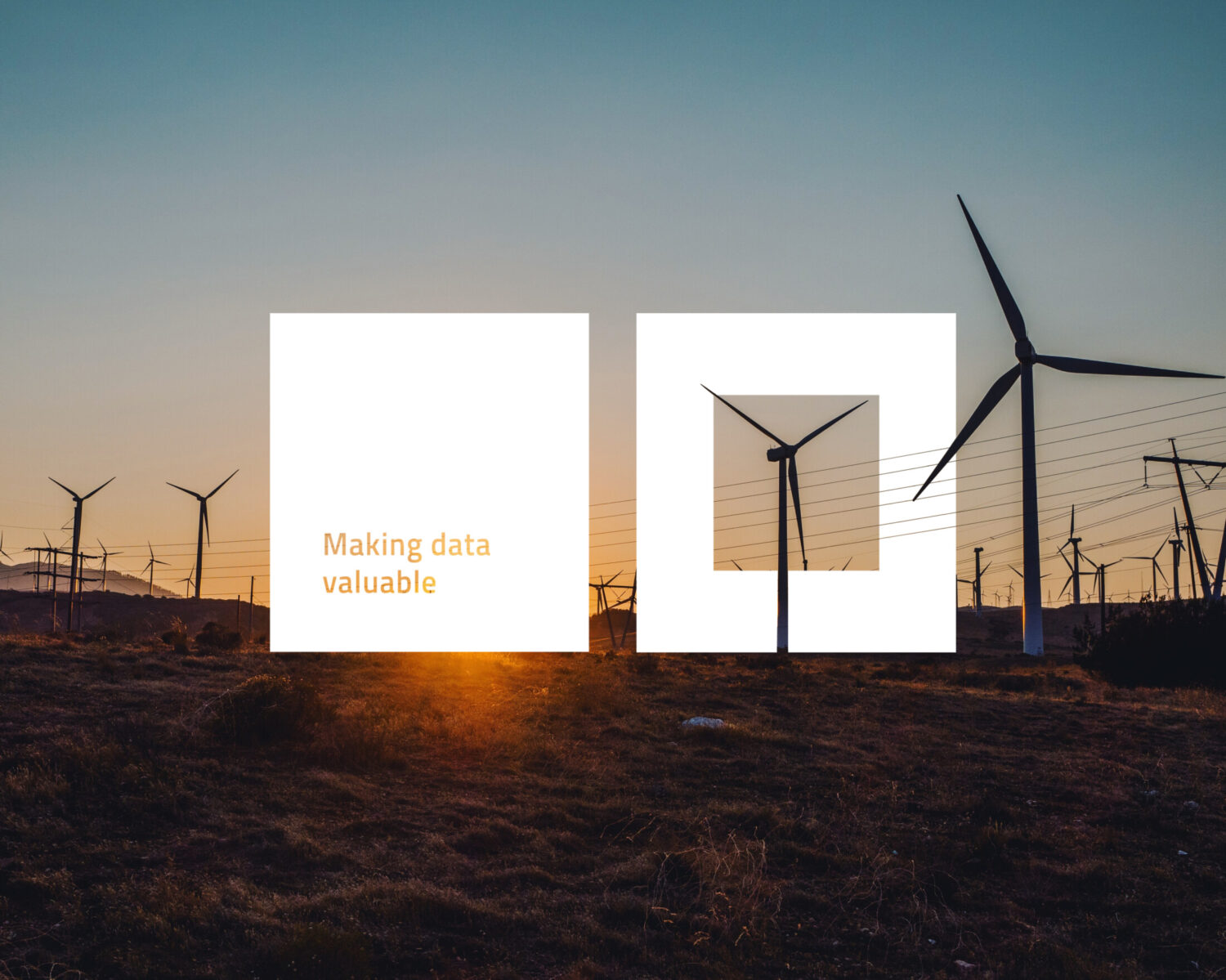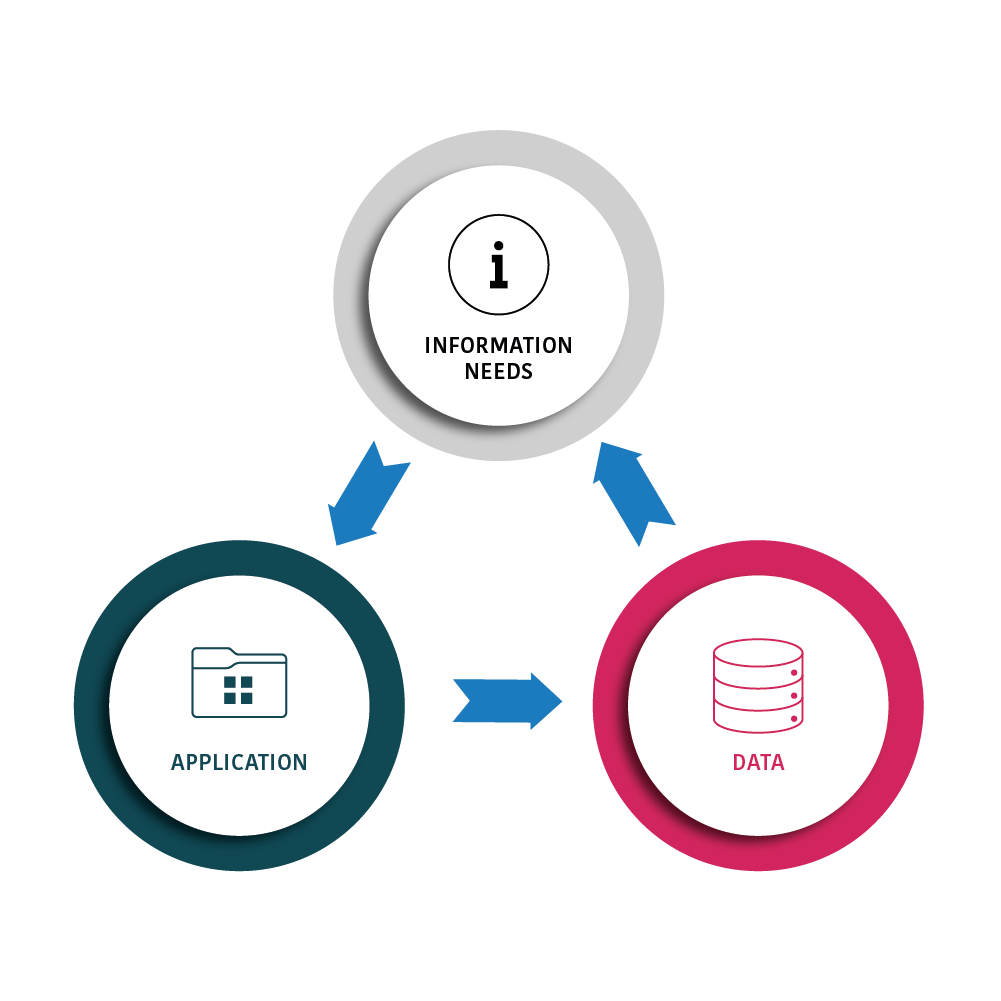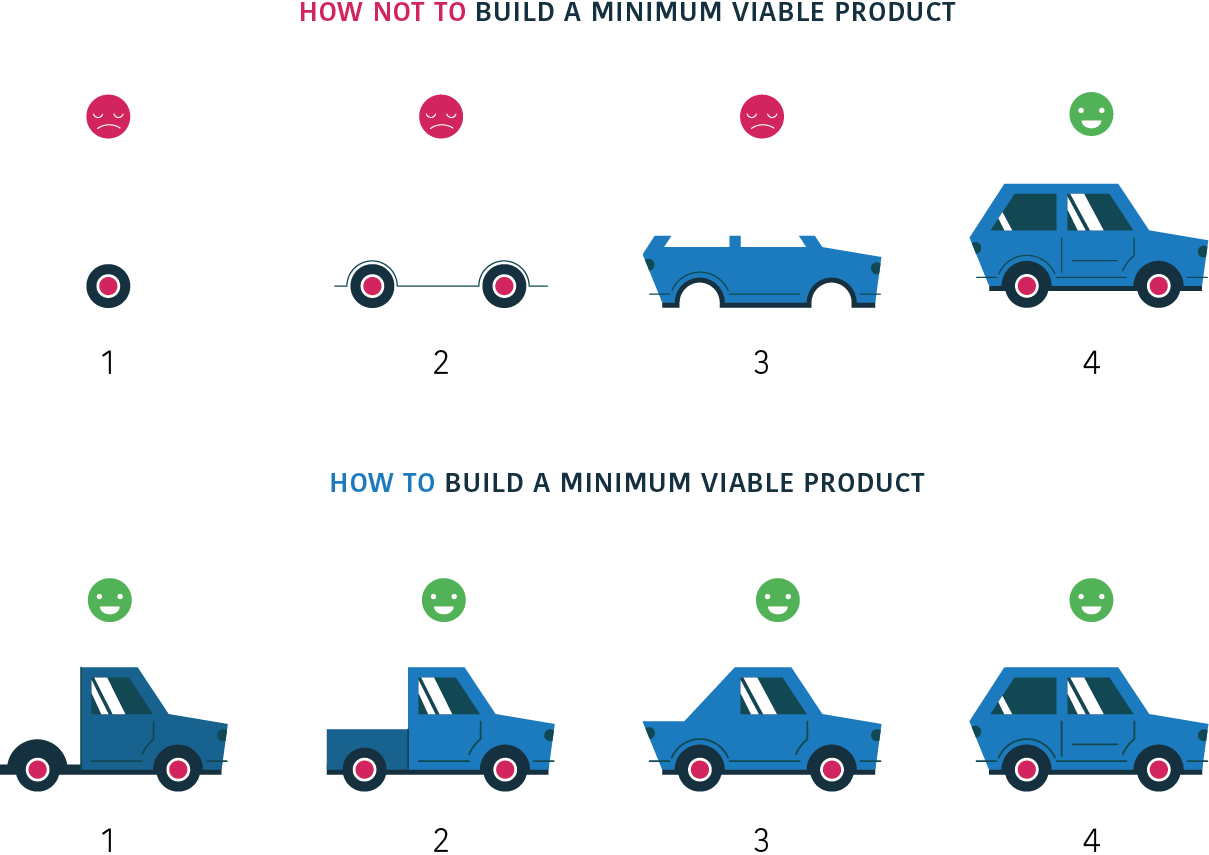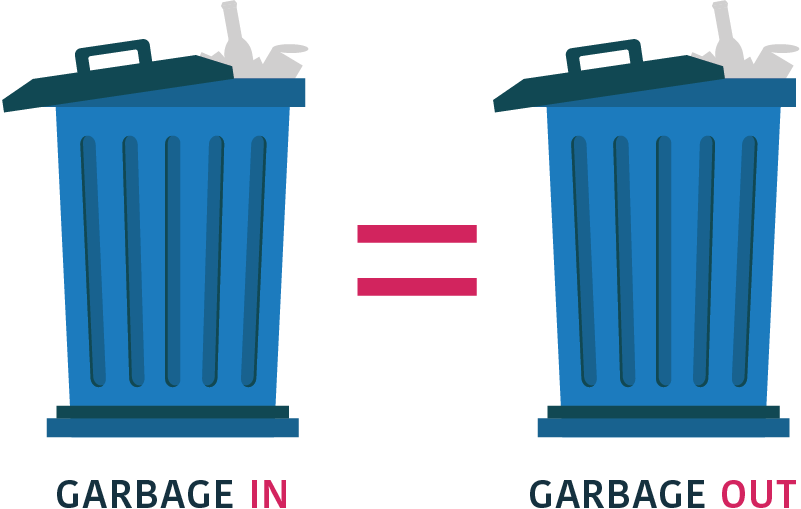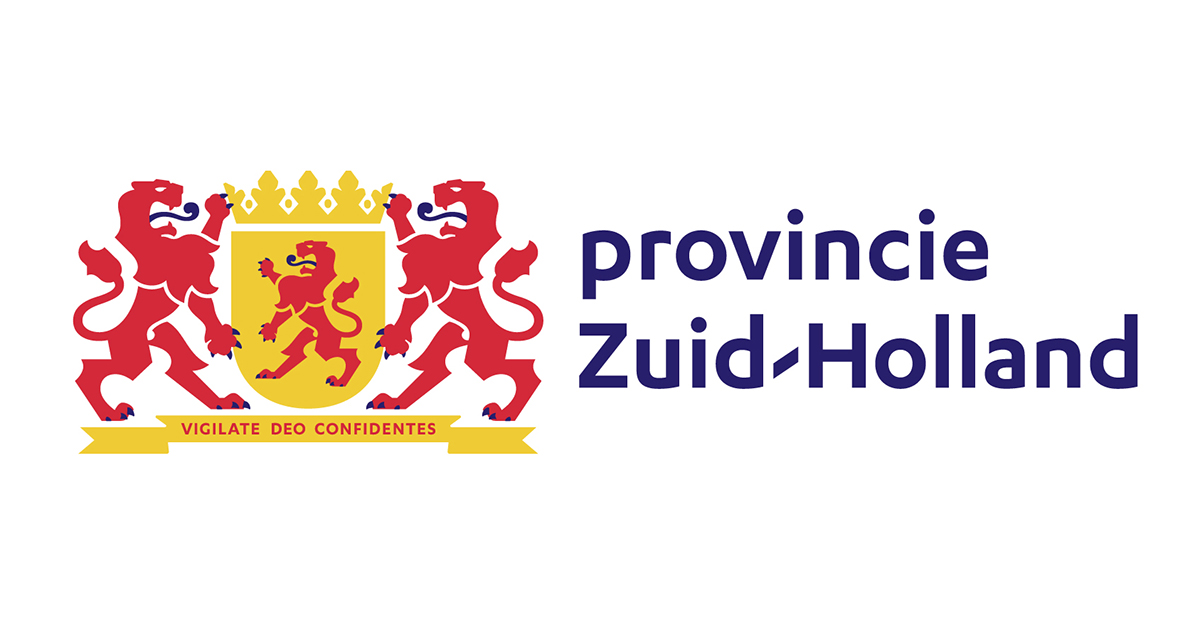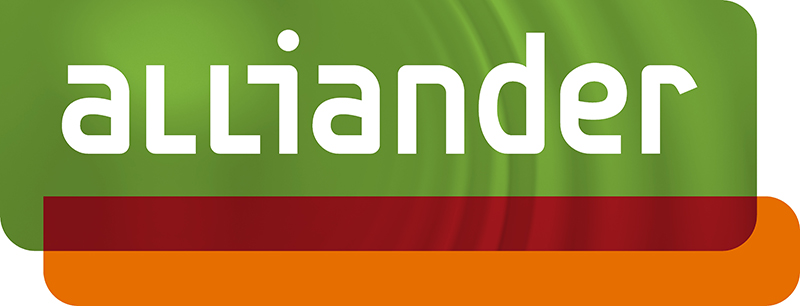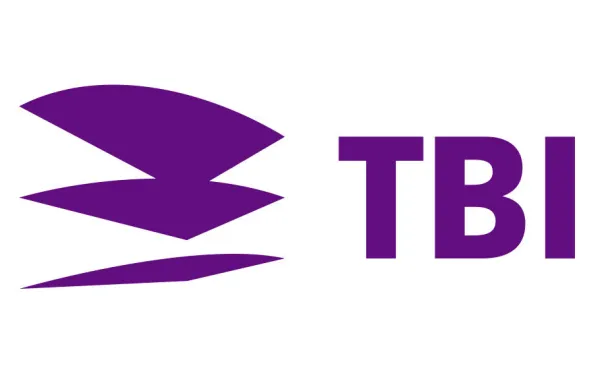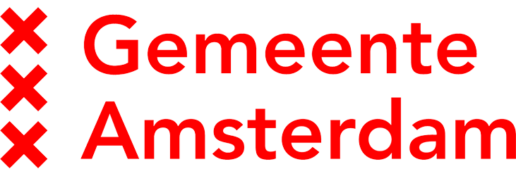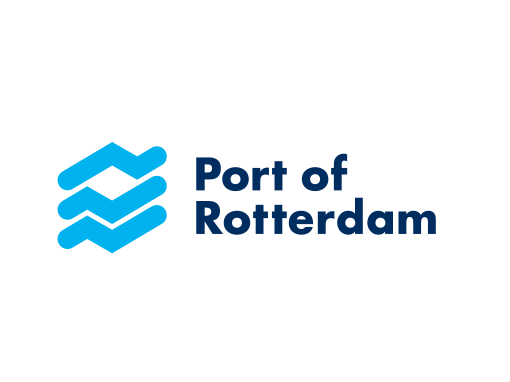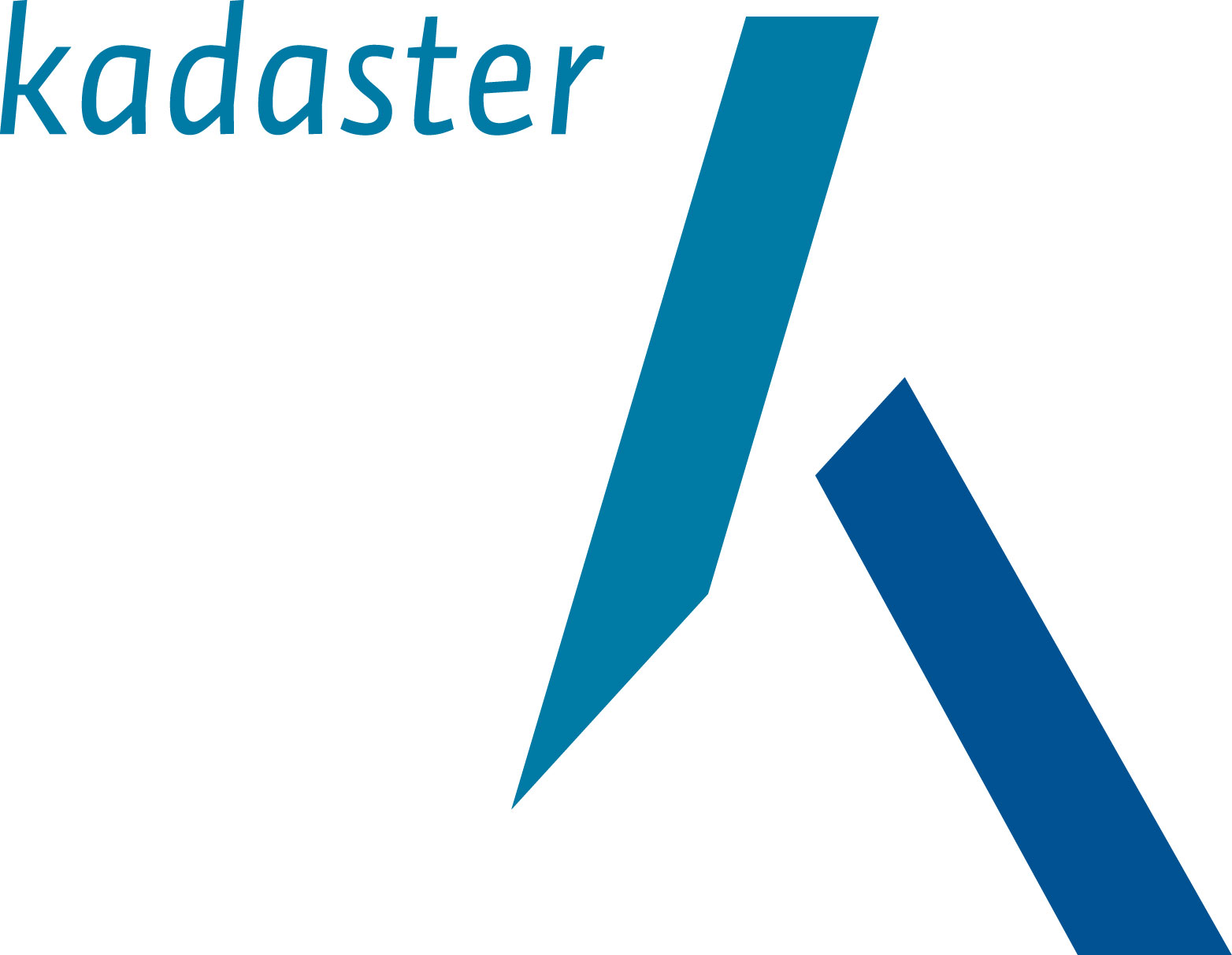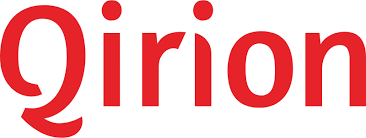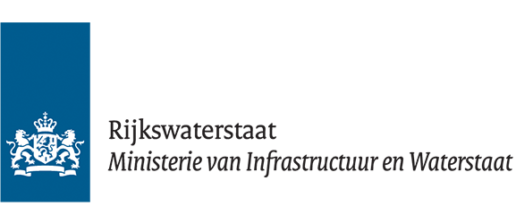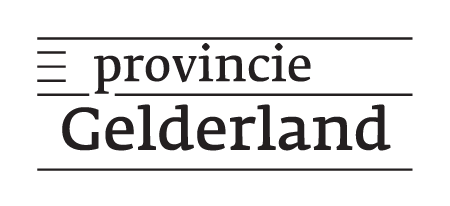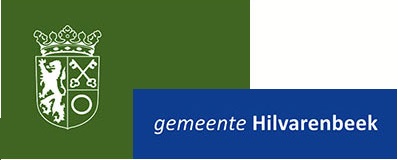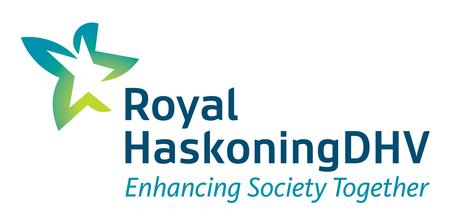Practically applicable solutions with a highly innovative character
We specialize in BIM, Open Data standards and managing the associated change. And that for organizations with valuable built assets. We support the entire life cycle of an asset, whether you design, build, manage or maintain, it’s all good for us. We are happy to support your organization with the next digital step. This can be a company-specific OTL, optimizing the asset design process, checking large data sets or harmonizing systems.
Our goal? To make your data a valuable, usable asset for today and the future.
